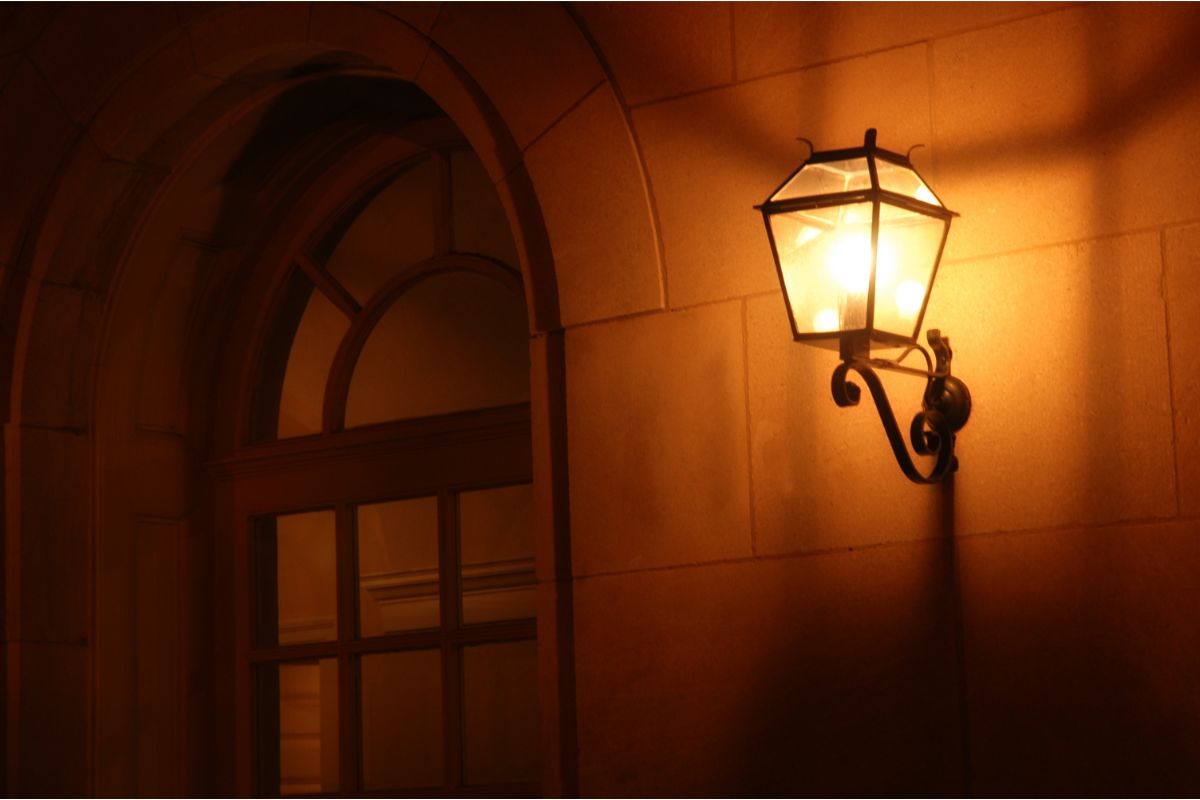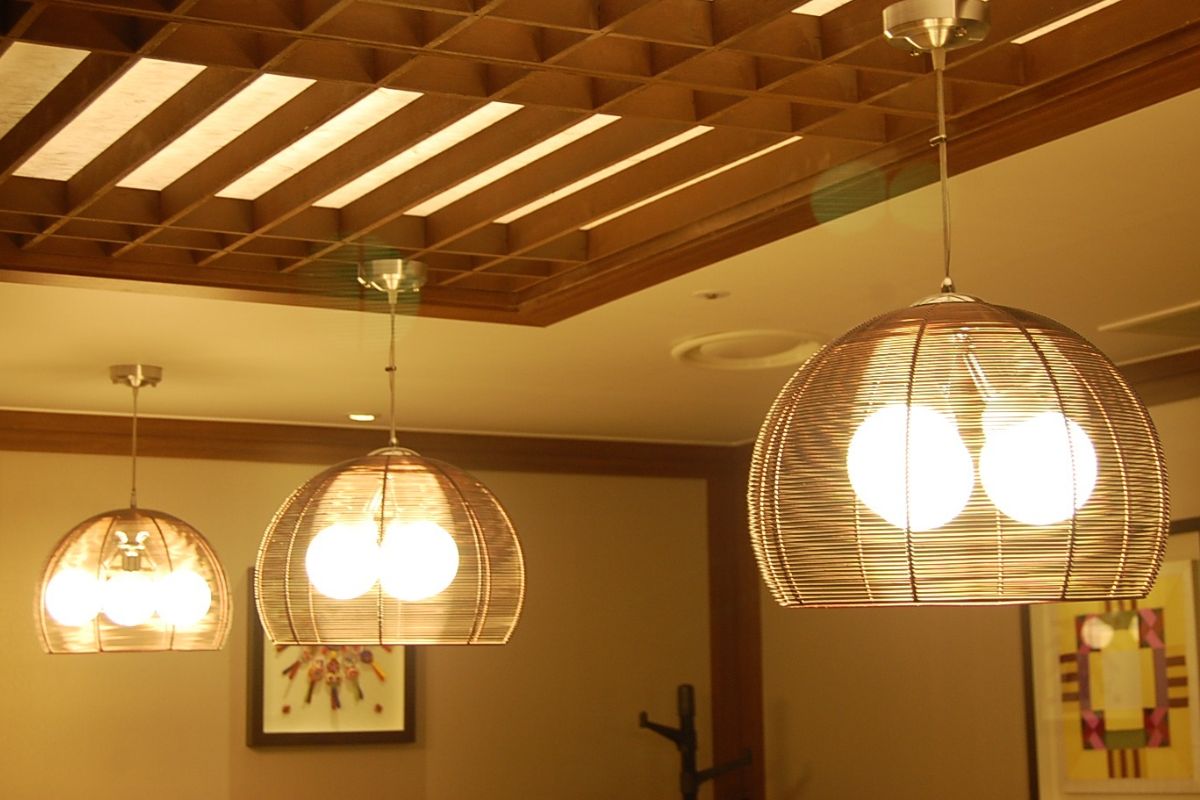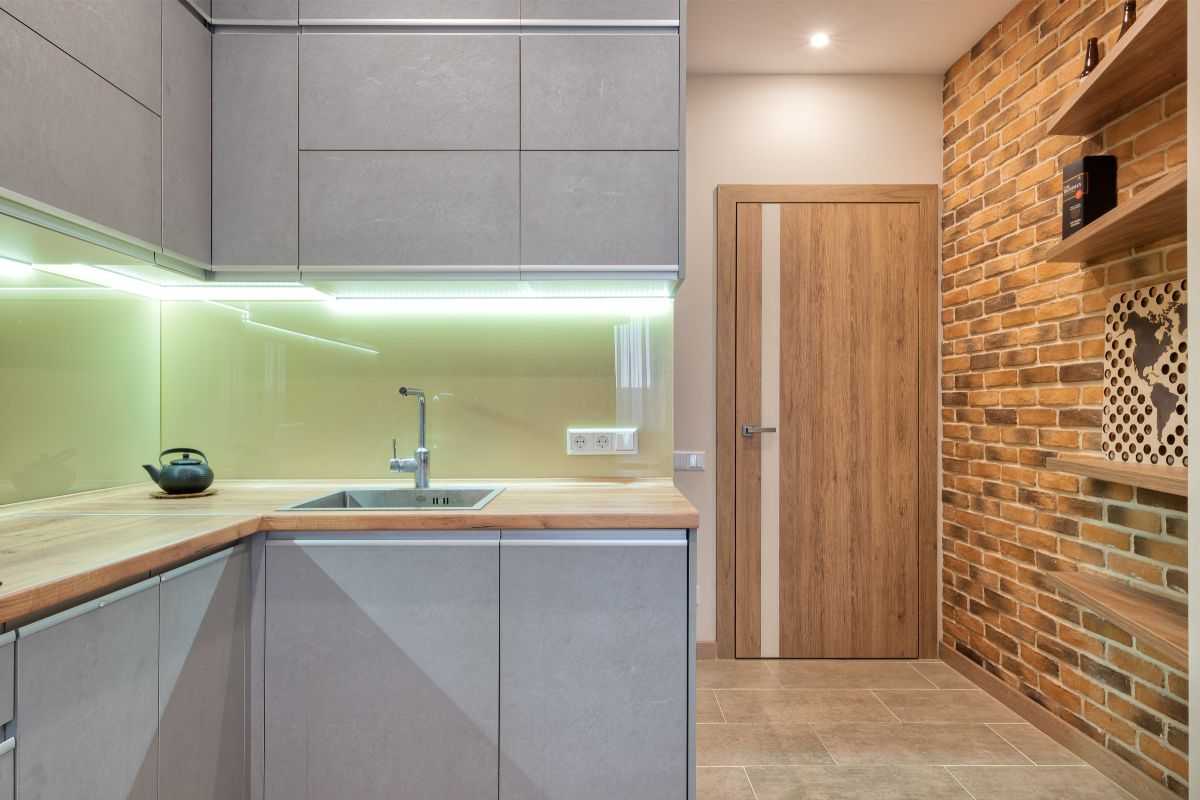Solar tube lighting is one of the lesser-known, and thus, lesser-utilized means of inviting more light into a living space. There might just be a reason why this illumination format hasn’t caught on as many others have over the past two decades.

It’s not that they’re ineffective, as when installed properly, they can let a glorious beam of natural light into your home, but compared to some other options, they perhaps aren’t the most logical installation.
So, if you’ve been thinking about installing solar tube lighting, but you want to make sure it’s a wise move before you cut a big old hole in your roof, you’ve come to the right place.
Today, I’ll be running through the potential drawbacks of this supplemental lighting technique.
What Are Solar Tube Lights?
Ever had a pet hamster? Did you ever get them one of those fancy habitats with steps, swings, and inter-room tubes? Well, essentially, solar tube lights are like those interspace tubes but for light to scurry down rather than hamsters.
They form a little tunnel that spans from the roof of your house, all the way through to the ceiling of one of your rooms.
On the roof side of the tunnel is a window that allows light to flow into the tube, and, as the tube itself is reflective, the light bounces all the way through to the inside of your home.
There is no electricity involved; they’re just tubes — you can think of them as skylights with extra steps, but we’ll talk more about the difference between these two fixtures a bit later on.
Solar Tube Lighting: The Good Stuff
I know I’m probably preaching to the converted here, but just to make sure we’re covering all grounds, let’s quickly breeze through what draws people to the idea of installing solar tube lighting in their homes.
- Low installation costs — While the installation process for solar tube lighting is quite invasive (hole in the roof and all that), since there is no electricity involved, it’s not as expensive as you might think.
- Low material costs — A full solar tube kit is far less expensive than the materials needed to install a skylight.
- Small tubing — As these tubes are quite compact, they can be fitted between rafters without much trouble.
- Lots of natural light — They funnel lots of lovely natural light into a home – perfect if there are no windows in a room. This leads to energy savings over time as you’ll rarely need to use electric lights in the space.
- Low maintenance — You don’t really have to do much to keep solar tube lighting in good working order.
- Source of vitamin D — We humans don’t get enough sunlight these days, especially during the colder months, but a solar tube light can boost our intake of this vital organic compound.
Solar Tube Lighting: The Bad Stuff
Now let’s get to the matter at hand. You came here to see if your lofty ideas of loft tunnels to the heavens are sound, so without further ado, here are the drawbacks of solar tube lighting.

No Lovely View
A solar tube light may open up an avenue to the big, blue sky above, but unfortunately, we’re not permitted to peer through as we would with a traditional skylight.
This means no cloud watching, no star snooping, no nothing. It’s literally just a bright hole in your ceiling, whereas a skylight is a literal window to the expanse of the sky.
So, if you have dreams of kicking back on your bed or sofa and watching the heavens wheel above you, I’m afraid it’s not going to happen with a solar tube light.
That said, if you’re choosing between a solar tube light and another electrical fixture, a view was never on the cards anyway, so the solar light is a better choice.
Limited Solar Heating Potential
This is perhaps the most significant drawback of solar tube lighting.
While they let in quite a bit of sunlight, they’re not capable of creating anything close to a greenhouse effect, meaning if you’re hoping to facilitate some passive solar heating, it’s not going to happen.
Solar heating is the skylight’s arena, as, paired with some southerly-oriented windows, the natural light will practically be pouring into your living space, heating it all the while. This means you can turn the thermostat way down at all times.
Inflexible Installation Parameters
While solar tube lighting is quite easy and cheap to install, it requires a very specific roof angle if it’s to be at all possible. Any roof slopes outside the 15 to 60° sweet spot are not suitable for a solar tube light installation.
Roof too steep? No tube light. Roof too flat? Sorry, you’re out of luck. Well, tell a lie, if you have a perfectly flat roof, you’re not completely out of options.
Some manufacturers produce specialist solar tube lights for a flat roof, but they’re quite hard to come across and installation is even harder, meaning you may end up paying more than you’d hoped.
Limited Designs
Solar tube lights aren’t very customizable. They kind of just are what they are, and that’s that. In light of this, as low-profile as the installation is, it may not slide seamlessly into your internal and external home aesthetic.
What’s more, as they’re so small, they’re not much of a statement piece, whereas a skylight or even a decadent electric light fixture might bring the pizzazz you’ve been looking for to your living space.
Condensation Issues
Condensation is almost certainly going to be an issue with solar tube lights in humid climates. You can plan ahead for this with a forward-thinking installation, but it’s gonna cost ya!
No Lighting Control
You get what you’re given with a solar tube light. It might be too bright one day, and too dull the next. Dimmers are available, but most report these to be largely ineffective.
Final Thoughts: Is Solar Tube Lighting Worth It?
Solar tube lighting has its issues, but it’s almost always a more satisfying lighting solution than fitting another electric fixture, as the natural light is better for our health, easier on the eyes, and adds a lovely ambiance to a space.
A skylight is of course the premium option if you want to open up your roof to some sunlight, but if you can’t afford one or structural issues prevent you from installing one, solar tube lighting is a solid plan B.



